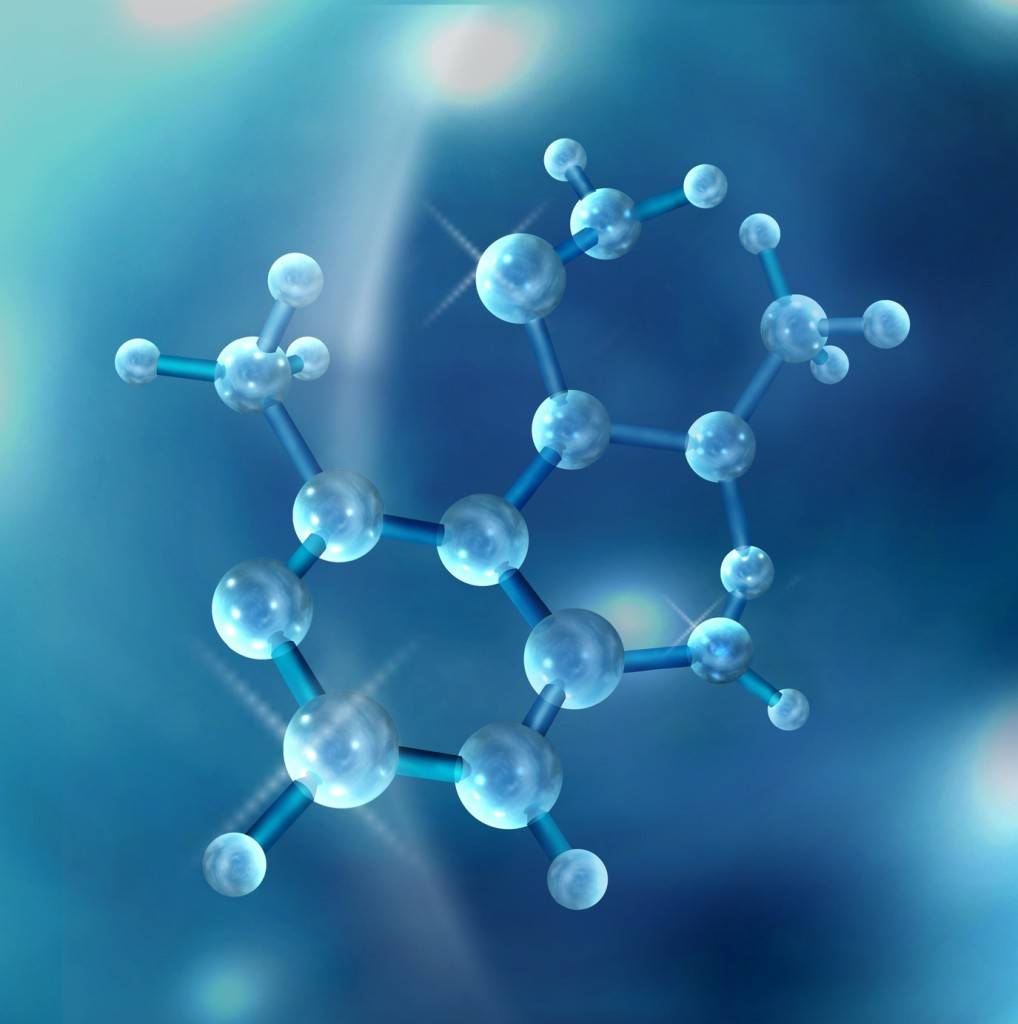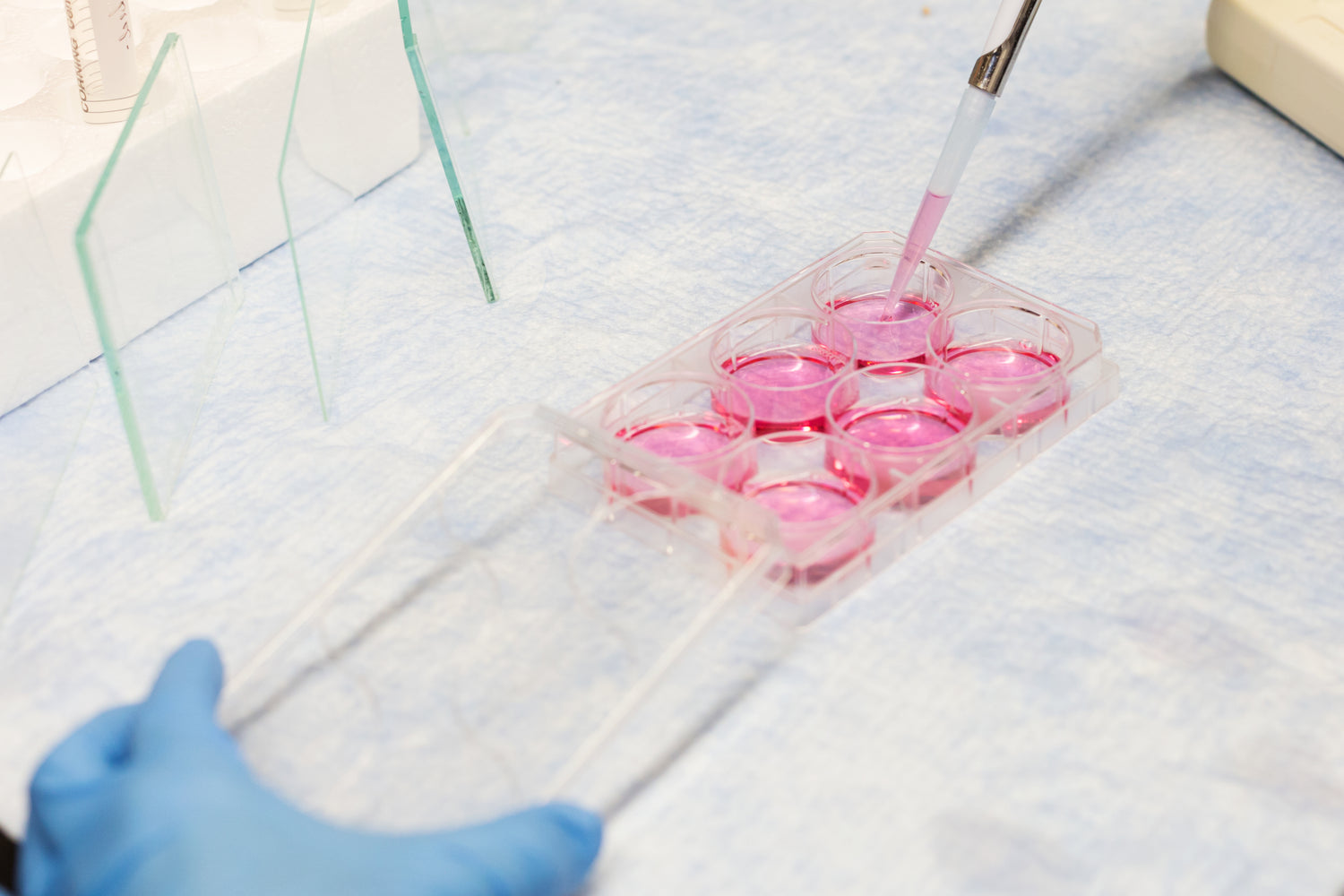Using trans-cinnamaldehyde as natural antibacterial compound, nano-emulsion was prepared by ultrasonic technique to enhance its bioavailability and bactericidal effect. The effects of ultrasonic time, surfactant to oil ratio and emulsifier type on the stability of nano-emulsion were investigated, and the effects of particle size and emulsifier changes on the antibacterial activity of Escherichia coli, Pseudomonas aeruginosa and Staphylococcus aureus were investigated.
The nano-emulsion was prepared with trans cinnamaldehyde as active agent and 1, 8-cineole oil as auxiliary additive (Austenite curing inhibitor) using probe ultrasonic apparatus. The influence of ultrasonic time, the ratio of surfactant to oil and the type of emulsifier on the stability of nano-emulsion was observed. The antibacterial activity of nano-emulsion on different bacteria was detected by AGAR dilution method. The effect of the optimized formula on the lipid of bacterial cell membrane was analyzed by gas chromatography-mass spectrometry and infrared spectroscopy, so as to study the effect on cell membrane fluidity and cell component release.

When Tween 80 was used as emulsifier, the ratio of surfactant to oil was 2:1 (w/w), and ultrasonic treatment was performed for 15 minutes, the nanoemulsion was stable and could be maintained for 6 months.
After treatment with the optimized nanoemulsion, the cell membrane fluidity of E. coli increased significantly.
The nanoemulsions of trans-cinnamaldehyde and 1, 8-cineulin have significant antibacterial activity on selected microorganisms. The optimized preparation parameters can improve the stability and antibacterial effect of the nanoemulsions, and the mechanism of action on bacterial cell membranes can be found, which provides information for the application of nanoemulsions in antibacterial field.








